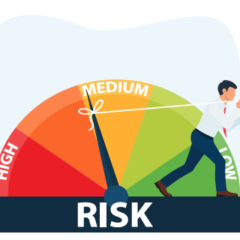Last updated on
The Patient’s Guide to DOAC Reversal
This month, we welcome Tara Lech, PharmD for an overview on reversing the effects of direct oral anticoagulants (DOACs), a class of blood thinners. Dr. Lech is an Anticoagulation and Cardiovascular Clinical Pharmacy Specialist and currently serves as the Thrombosis Program Manager at Lahey Hospital and Medical Center in Burlington, MA. She is also the Pharmacy Advisor on NATF’s Medical Advisory Board.
In this webinar, Dr. Lech addresses:
- How to recognize different types of bleeds
- How to identify when reversal agents would be used for DOAC-associated bleeding
- DOACs include apixaban (Eliquis®), dabigatran (Pradaxa®), edoxaban (Savaysa®), and rivaroxaban (Xarelto®)
- How the different reversal agents work
- The risks and benefits associated with reversing DOACs
Key Takeaways:
- Prevention of bleeds is always best
- Know your risk factors for bleeding and try to modify when possible
- Specific reversal agents can be used to manage life‐threatening bleeding
- You may be at an increased risk for a blood clot after DOAC reversal
- It’s important to talk to your healthcare team about when/if it’s safe to resume your blood thinner after a bleed



